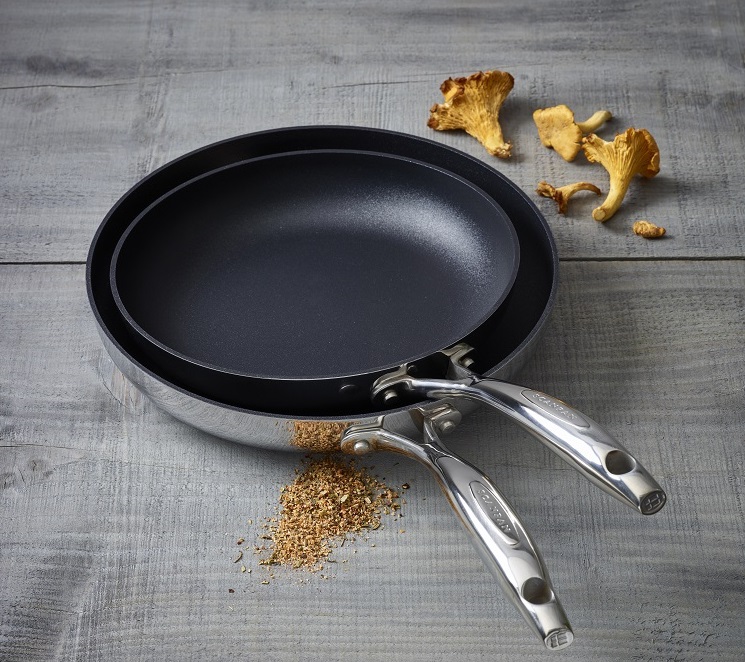
Using and cleaning your nonstick pans the right way
It is no surprise that in almost every modern-day household, you’ll find a nonstick pan in the kitchen. Nonstick pans are a staple for everyday cooks and are always our go-to for eggs, fluffy pancakes, or delicate meat like fish.
Nonstick pans are inexpensive and are probably one of the best cookware for easy, quick, and convenient cooking. However, these beloved pans are often mistreated. Many tend to overlook the significance of proper care for it. Signs of misuse include peeling, flaking, warping, and a dull, rough surface.
With some extra TLC, your nonstick will be your most trusted helpers in the kitchen. Your nonstick can last for up to 5 years or maybe even beyond the typical lifespan if you follow these simple tips below:
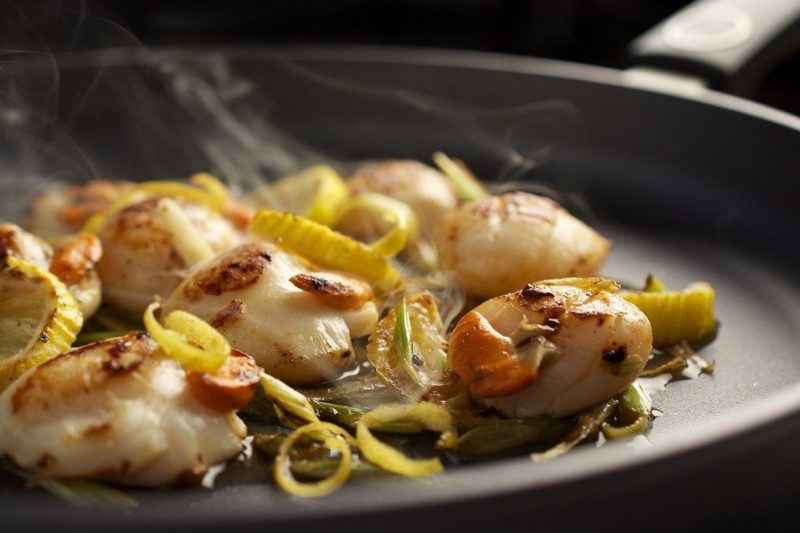
-
Always maintain low to medium heat
The first thing you should pay attention to is the level of heat you are using on nonstick pans. Extreme temperature is a surefire way to ruin your nonstick pan and decrease its life expectancy. Most coatings are not built to take high heat at the start of cooking.
Maintaining a medium to low heat is ideal. This will allow your pan to maintain a smooth, stick-free surface every time you cook. Note that some ceramic nonstick pans are fast heat conductors, making it possible to withstand high heat to sear meat. However, long periods of high heat should be avoided. As a general rule, place a small stick of butter and if it starts to burn immediately, the temperature is too high.
-
Use the right type of fat when cooking
It's always best to use oils with a high smoke point such as grapeseed, sesame, or avocado oil, as opposed to ones with a low smoke point like extra virgin olive oil. Low smoke point oils tend to burn easily, damaging the pan’s nonstick properties. Avoid using cooking oil sprays as they tend to have additives that may be too harsh for nonstick coatings and can even build a residue that may shorten the lifespan of nonstick cookware.
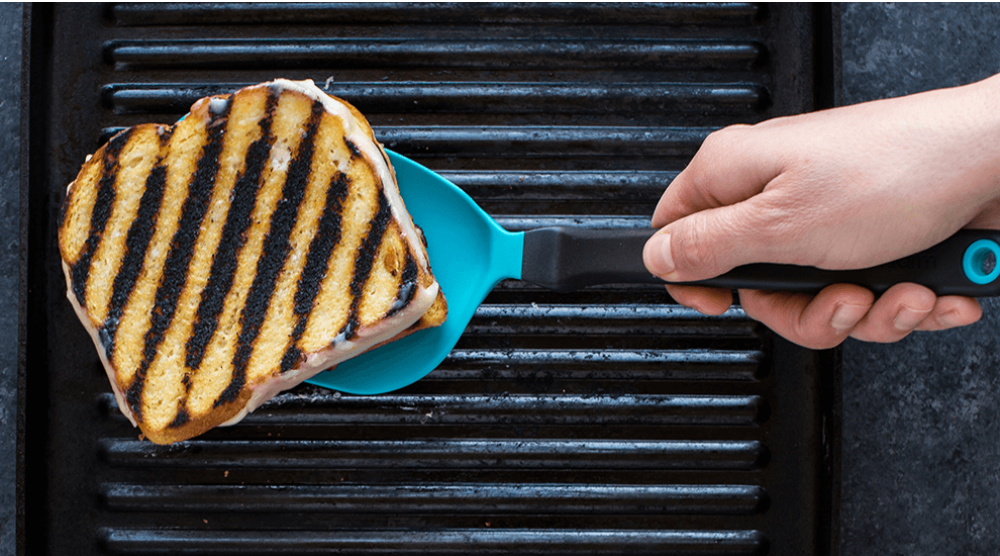
-
Using silicone, wooden or nylon utensils to cook
Avoid using metal utensils when cooking on nonstick pans as it can scratch the surface and damage the nonstick coating. Instead, use silicone, nylon, or wooden utensils. Under no circumstances should you use a knife on your cookware. If you want to separate ingredients safely on your pan, we recommend Dreamfarm’s Chopula or a pointed spatula.
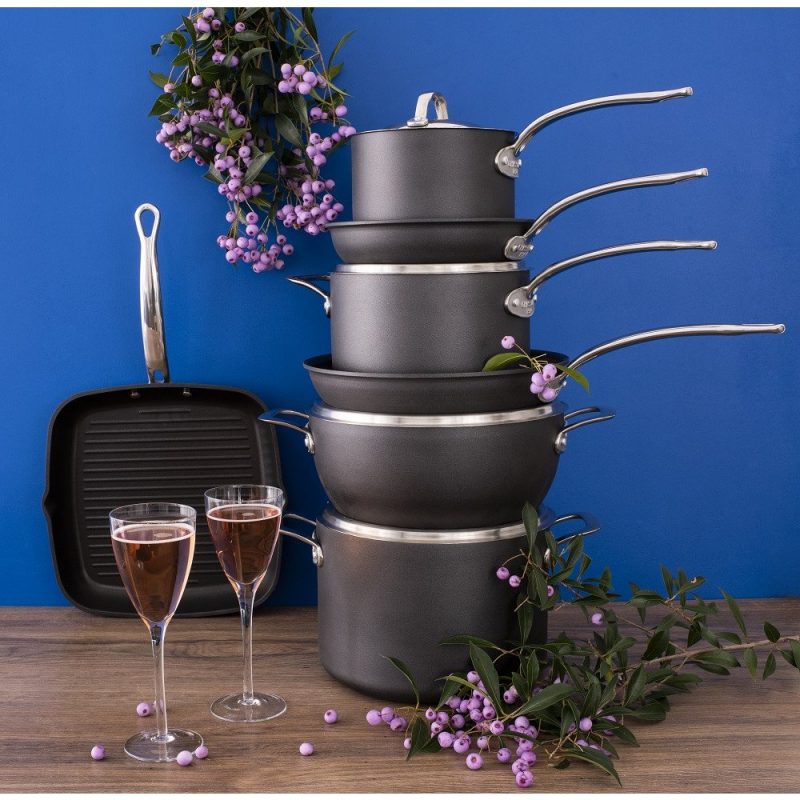
Cleaning and Storing Your Nonstick Pans
-
Wash the pan only after it has cooled down
The first step is to always wait for the pan to cool down before washing with cold water. When a hot nonstick pan is submerged in cool running water, the drastic change in temperature may warp the pan. The change in temperature will negatively affect your pan's cooking performance by damaging the nonstick coating.
-
Ditch the dishwasher and hand wash your pans
It is always best to handwash your nonstick cookware. Placing it in the dishwasher may breakdown the nonstick coating. We understand that handwashing may not be the fastest or most convenient way to clean your cookware, but a little goes a long way.
When washing, avoid using steel wool or harsh, abrasive cleaning materials. Instead, use a gentle dishwashing liquid with a soft sponge or cleaning cloth. Nonstick pans require little scrubbing and generally wash quickly and easily. This will keep your pan in tip-top condition and avoid scratches too.
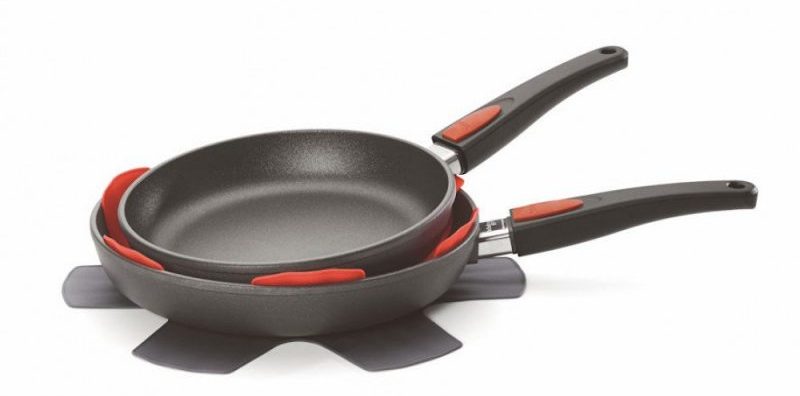
-
Store nonstick cookware properly
Proper storage will also extend the life of your pan. If you are nesting your nonstick pans, it is best to layer something between your pans to prevent the surface from scratching. You can include a pan protector, paper towel, a dishcloth or anything that will minimize contact with the nonstick surface. This can be done with nonstick bakeware, griddles, and other cookware as well.
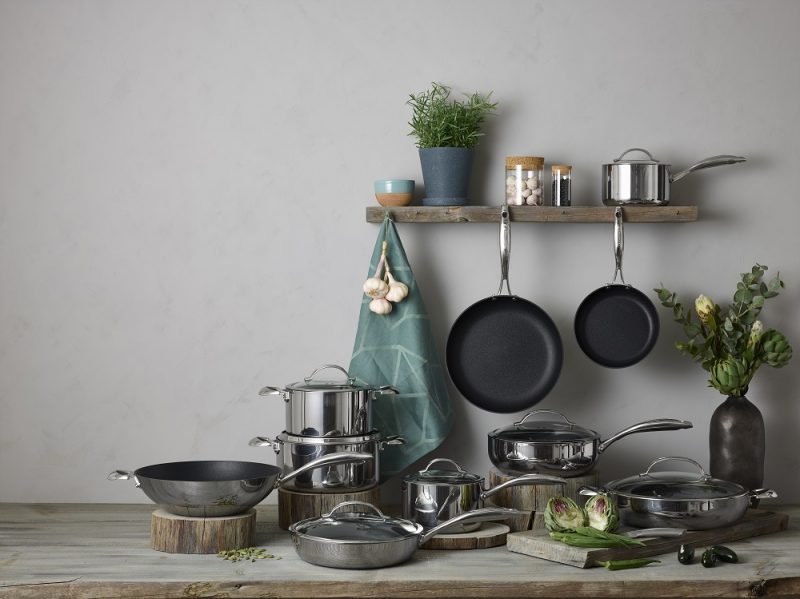
Caring for your nonstick cookware may come with a little extra work but it is nothing too complicated. All it takes is some conscious cooking, cleaning, and storing. Start treating your pans right and it will last you for years to come.
Shop all nonstick cookware here




